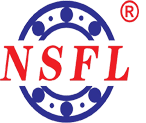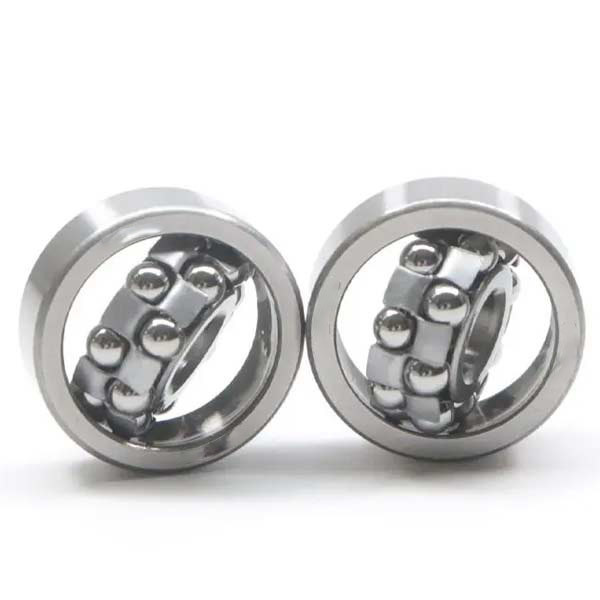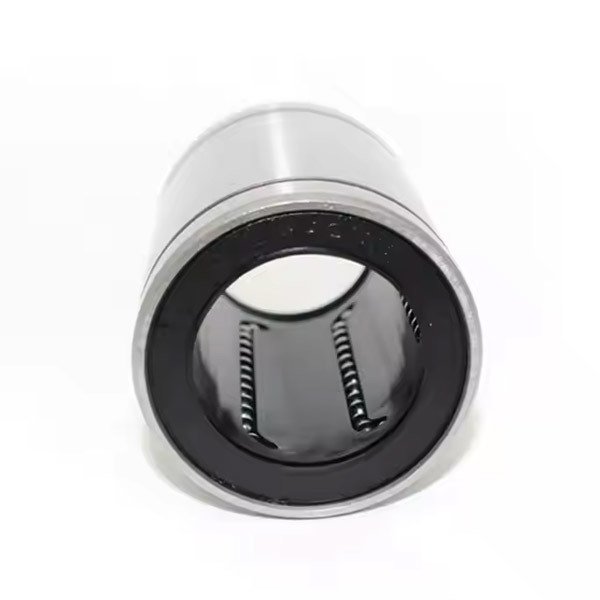01
2025
-
07
Understanding Load Ratings for Self-Aligning Ball Bearings: A Comprehensive Guide
Understanding Load Ratings for Self-Aligning Ball Bearings Table of Contents 1. Introduction to Self-Aligning Ball Bearings 2. Importance of Load Ratings 3. Load Rating Basics 4. Dynamic Load Rating Explained 5. Static Load Rating Analysis 6. Factors Influencing Load Ratings 7. Application Guide for Self-Aligning Ball Bearings 8. Maintenance and Longevity of Bearin
Understanding Load Ratings for Self-Aligning Ball Bearings
Table of Contents
- 1. Introduction to Self-Aligning Ball Bearings
- 2. Importance of Load Ratings
- 3. Load Rating Basics
- 4. Dynamic Load Rating Explained
- 5. Static Load Rating Analysis
- 6. Factors Influencing Load Ratings
- 7. Application Guide for Self-Aligning Ball Bearings
- 8. Maintenance and Longevity of Bearings
- 9. Conclusion
- 10. FAQs About Load Ratings and Self-Aligning Ball Bearings
1. Introduction to Self-Aligning Ball Bearings
Self-aligning ball bearings are a unique type of rolling element bearing designed to accommodate misalignment and axial load conditions. They consist of an outer raceway that is spherically shaped and an inner raceway that is cylindrical. This design allows for self-alignment, making them ideal for applications where shaft misalignment may occur. Understanding the load ratings is pivotal to ensuring the reliability and efficiency of these bearings in various industrial applications.
2. Importance of Load Ratings
Load ratings are critical parameters that define the maximum load a bearing can support under specified conditions. For self-aligning ball bearings, these ratings help to determine their suitability for specific applications. Proper comprehension of load ratings allows engineers and technicians to choose the right bearing for their needs, ensuring long-lasting performance and minimizing the risk of premature failure.
3. Load Rating Basics
Load ratings consist of two key components: **dynamic load rating (C)** and **static load rating (C0)**. The dynamic load rating represents the maximum load that a bearing can endure while in operation without fatigue, while the static load rating indicates the maximum load that can be applied without causing permanent deformation when the bearing is stationary.
The Role of Load Rating in Bearing Selection
Selecting the right bearing involves understanding the operational conditions, including load types, speeds, and environmental factors. It is essential to choose bearings with appropriate load ratings to ensure a balance between performance and durability.
4. Dynamic Load Rating Explained
The dynamic load rating (C) quantifies the bearing's ability to handle loads during operation. This rating is typically calculated based on standardized tests conducted under specific conditions. It is crucial to consider the speed and frequency of load applications when assessing dynamic load ratings, as these factors can significantly affect bearing life.
The Calculation of Dynamic Load Rating
Dynamic load ratings can be derived from empirical data gathered from testing. The L10 life, which is the point at which 90% of a group of identical bearings will still be operational, plays a central role in these calculations. The equation for L10 life is as follows:
L10 = (C/P)^3
Where:
- **L10** = bearing life in millions of revolutions
- **C** = dynamic load rating
- **P** = equivalent dynamic load
Understanding this relationship helps engineers predict how long a bearing will last under specific loading conditions.
5. Static Load Rating Analysis
The static load rating (C0) is vital for applications where the bearings are subject to loads while at rest. This rating indicates the maximum load that can be applied without causing permanent damage to the bearing elements. It is particularly important in situations where sudden shock loads may occur.
Influence of Static Load Ratings on Design
Static load ratings are crucial in applications where bearings may face unexpected loads, such as in heavy machinery or during machinery startup. Choosing bearings with adequate static load ratings helps mitigate the risk of damage from shock loads or misalignment.
6. Factors Influencing Load Ratings
Several factors can influence the load ratings of self-aligning ball bearings, including:
- **Material Composition**: The choice of materials affects bearing strength and durability.
- **Bearing Size**: Larger bearings typically have higher load ratings, but size must be balanced with application requirements.
- **Operating Environment**: Temperature, humidity, and contamination can impact bearing performance and longevity.
- **Lubrication Type**: The right lubrication method can enhance bearing life and performance.
- **Alignment**: Proper alignment reduces undue stress on bearings, prolonging their lifespan.
7. Application Guide for Self-Aligning Ball Bearings
Self-aligning ball bearings are versatile and can be used in various applications, including:
- **Agricultural Equipment**: Used in machinery that requires high load capacity and flexibility.
- **Conveyors**: Ideal for systems where misalignment is common.
- **Electric Motors**: Provide reliable performance in demanding operating conditions.
- **Pumps**: Help maintain operational efficiency in fluid transfer applications.
When selecting bearings for these applications, consider the specific load ratings and design requirements to ensure optimal performance.
8. Maintenance and Longevity of Bearings
To maximize the lifespan of self-aligning ball bearings, regular maintenance is essential. Key maintenance practices include:
- **Regular Inspections**: Periodically check for wear, misalignment, and lubrication levels.
- **Proper Lubrication**: Ensure bearings are adequately lubricated to prevent overheating and wear.
- **Environmental Controls**: Protect bearings from contaminants and extreme environmental conditions.
Implementing a proactive maintenance strategy can significantly enhance the longevity and reliability of bearings in industrial applications.
9. Conclusion
Understanding load ratings for self-aligning ball bearings is crucial for ensuring optimal performance in various applications. By grasping the concepts of dynamic and static load ratings, engineers can make informed decisions when selecting bearings. This knowledge not only helps in choosing the right components but also enhances the reliability and efficiency of machinery.
10. FAQs About Load Ratings and Self-Aligning Ball Bearings
What is the difference between dynamic load rating and static load rating?
Dynamic load rating measures the maximum load a bearing can handle during rotation, while static load rating indicates the maximum load permissible when the bearing is stationary.
How can I determine the load rating required for my application?
Consider factors such as the weight of the equipment, operational speeds, and environmental conditions. Consulting manufacturer specifications can also provide guidance.
Are self-aligning ball bearings suitable for high-speed applications?
Yes, self-aligning ball bearings can handle high-speed applications, but it is essential to choose the right load rating to match the operating conditions.
What maintenance practices extend the life of self-aligning ball bearings?
Regular inspections, adequate lubrication, and environmental protection are key practices to prolong bearing life.
How do environmental factors affect load ratings?
Extreme temperatures, humidity, and contamination can weaken bearings, necessitating adjustments to load ratings based on environmental conditions.
This comprehensive guide is designed to empower professionals in selecting, utilizing, and maintaining self-aligning ball bearings effectively. Understanding load ratings is the first step towards ensuring machinery operates reliably and efficiently.
10% DISCOUNT FOR NEW CUSTOMERS

WhatsApp:+8613211157555
Tel: +8613211157555
Address:Room 1106, 11th Floor, No. 23, Fengshan West Road, Jinbang Community, Daliang Street, Shunde District, Foshan City, Guangdong Province
Copyright 2025 Schaeffler (Guangdong) Transmission Technology Co., Ltd. SEO Business license




